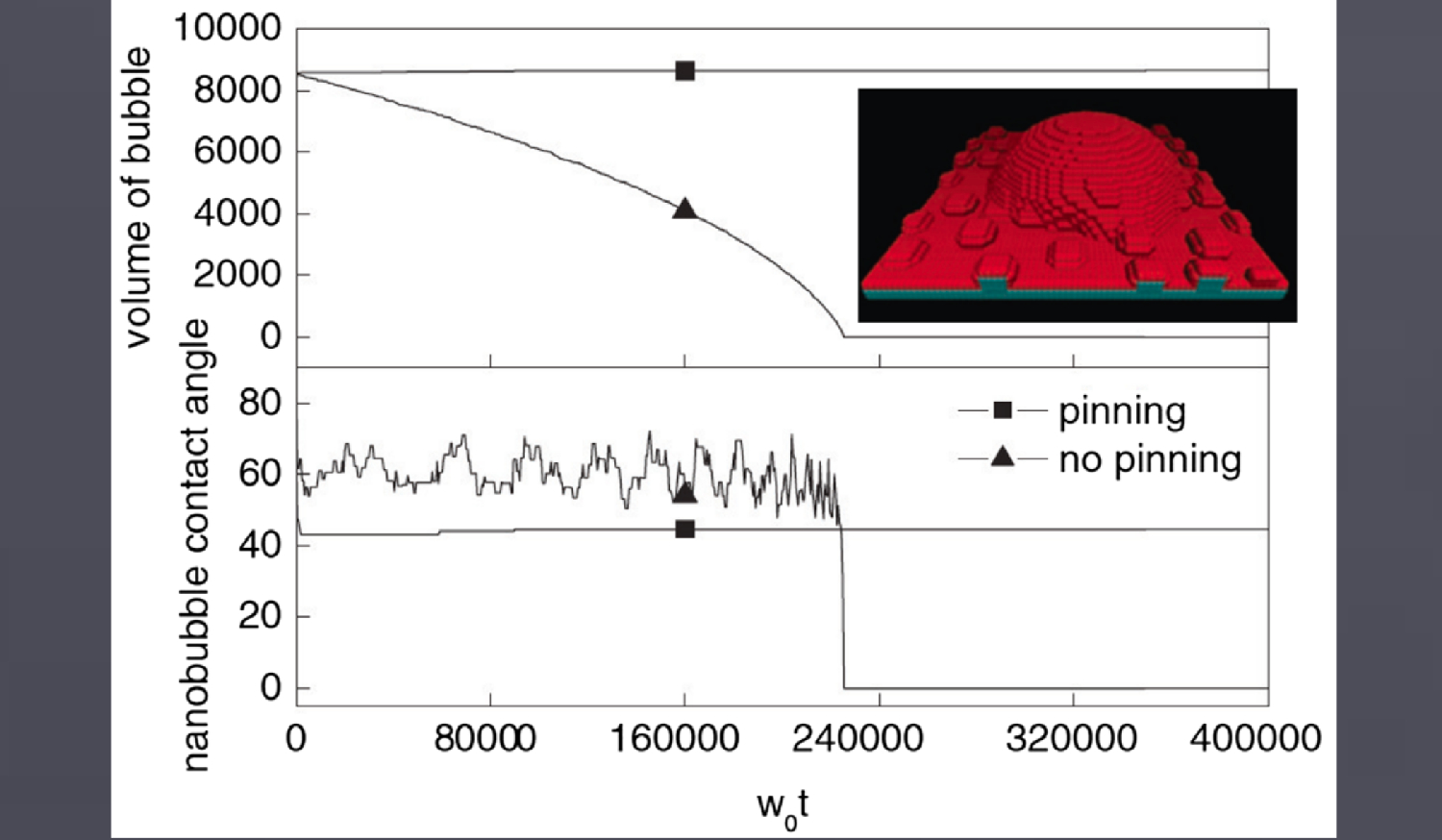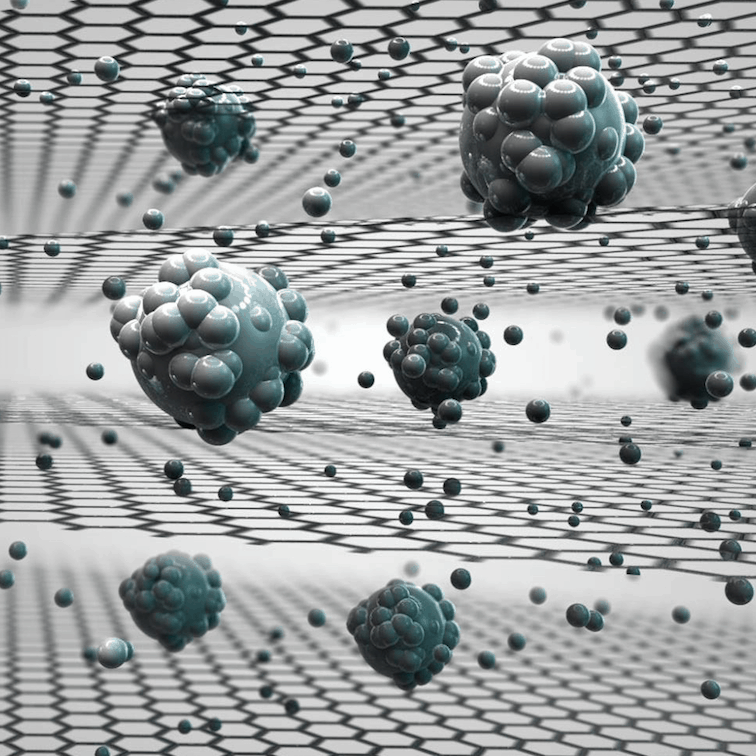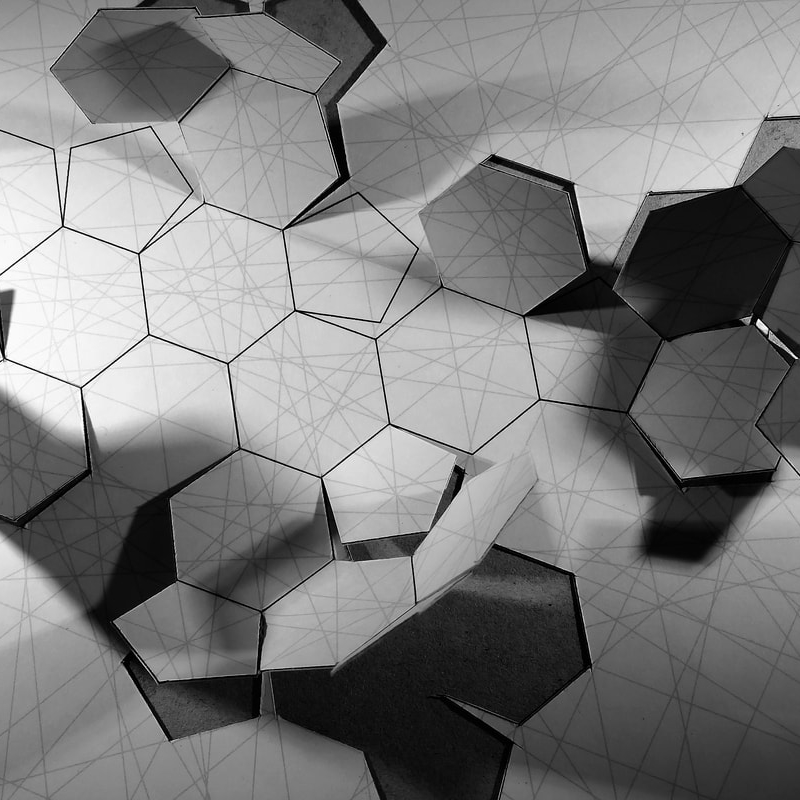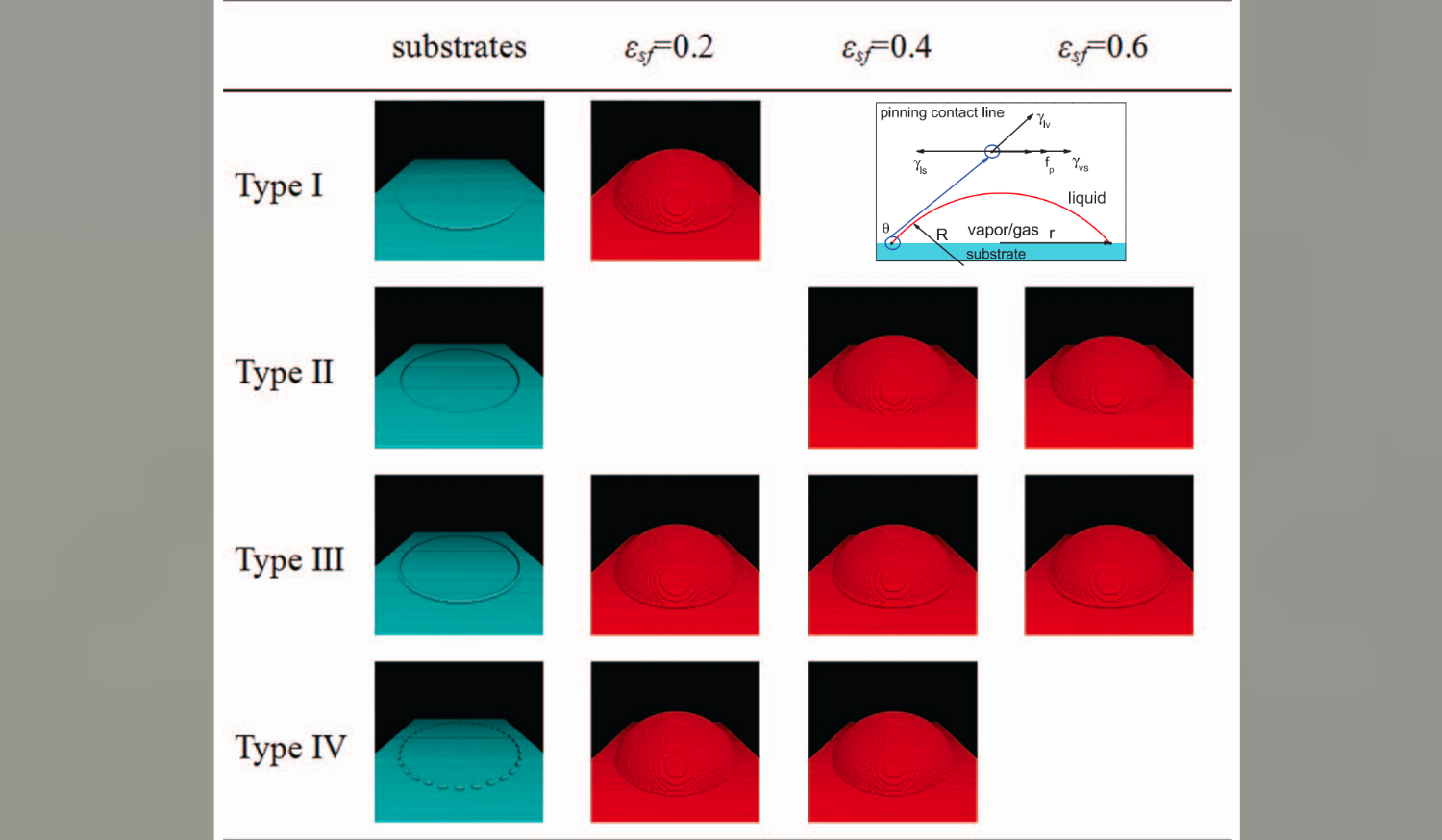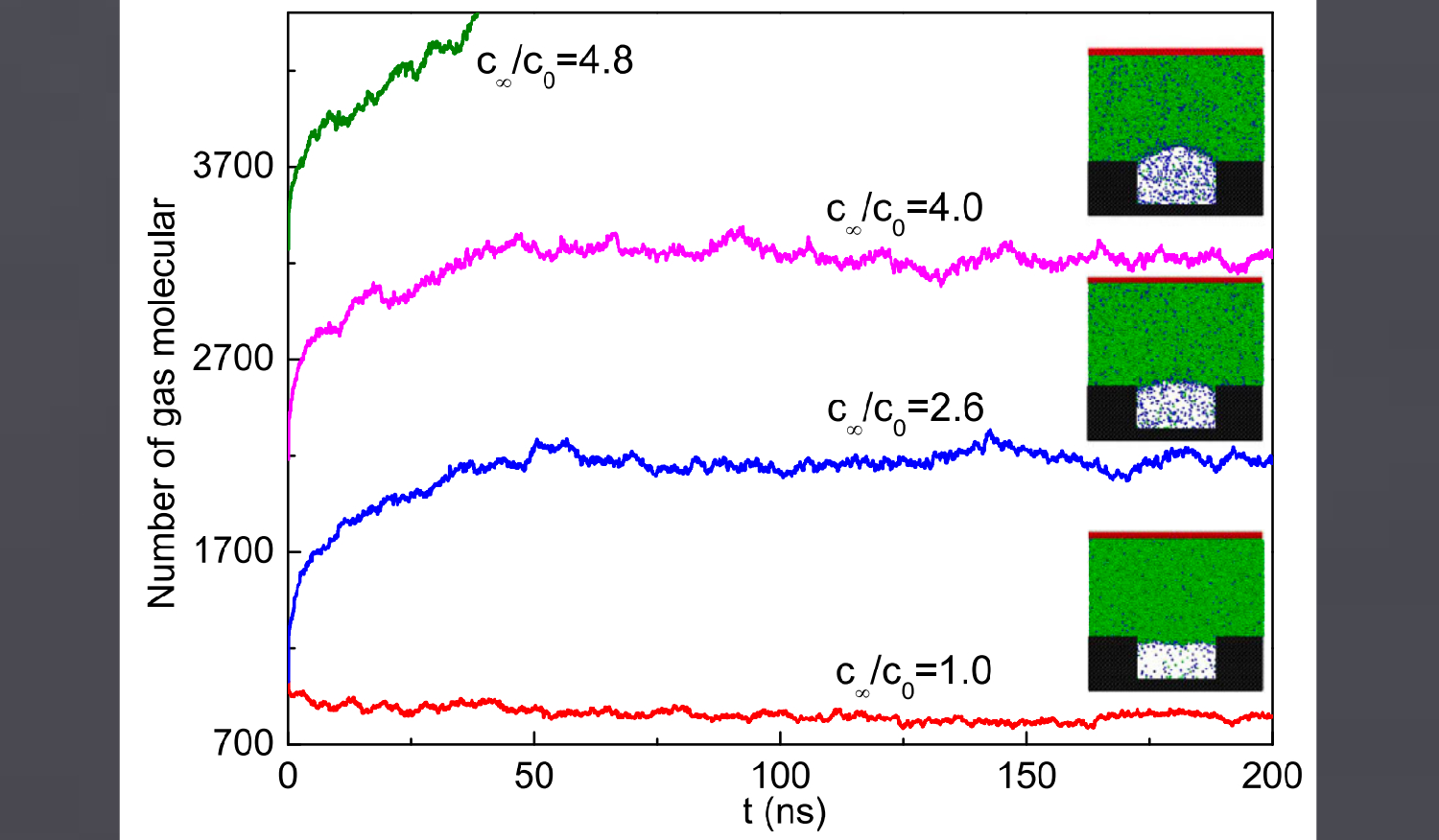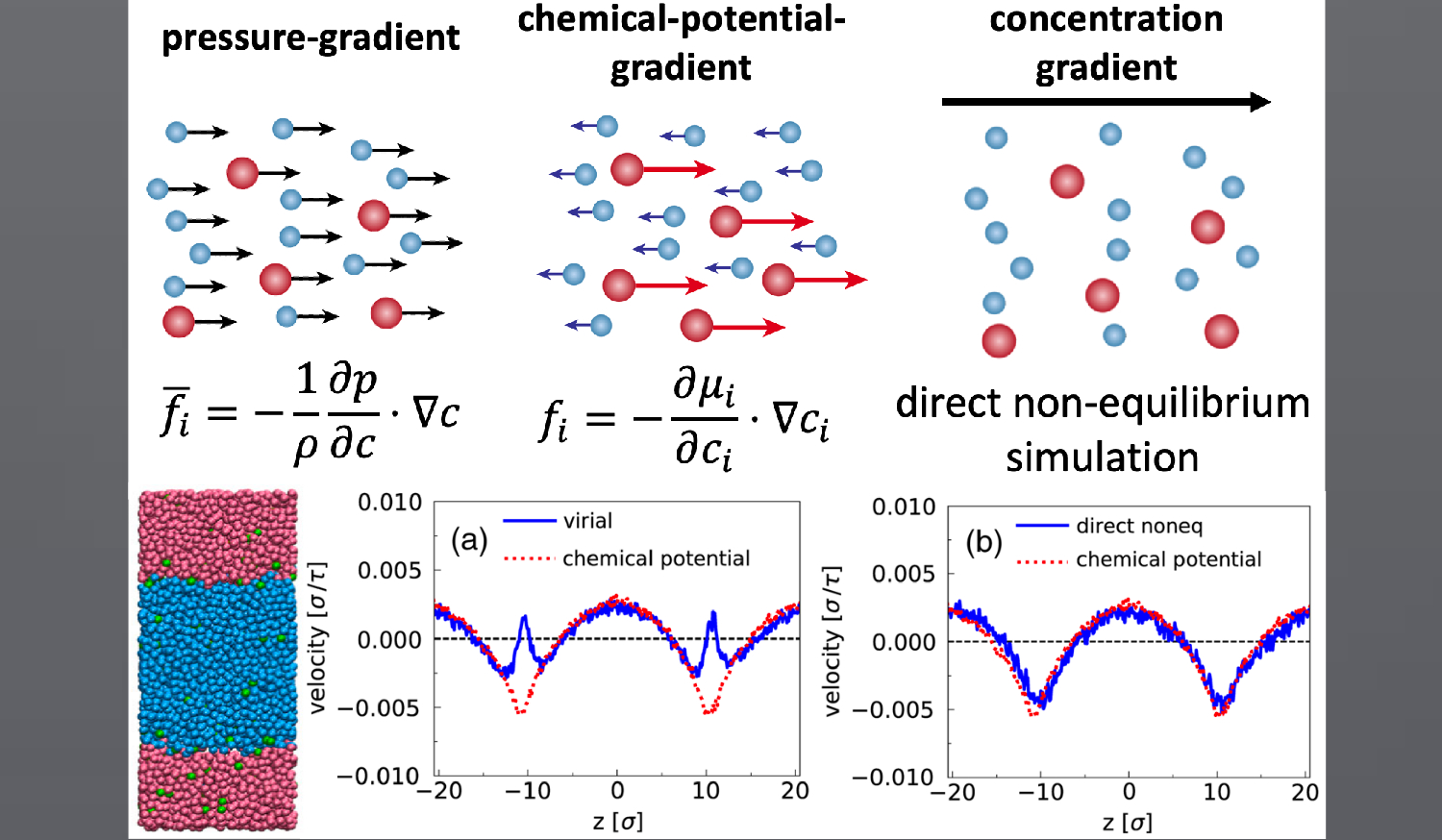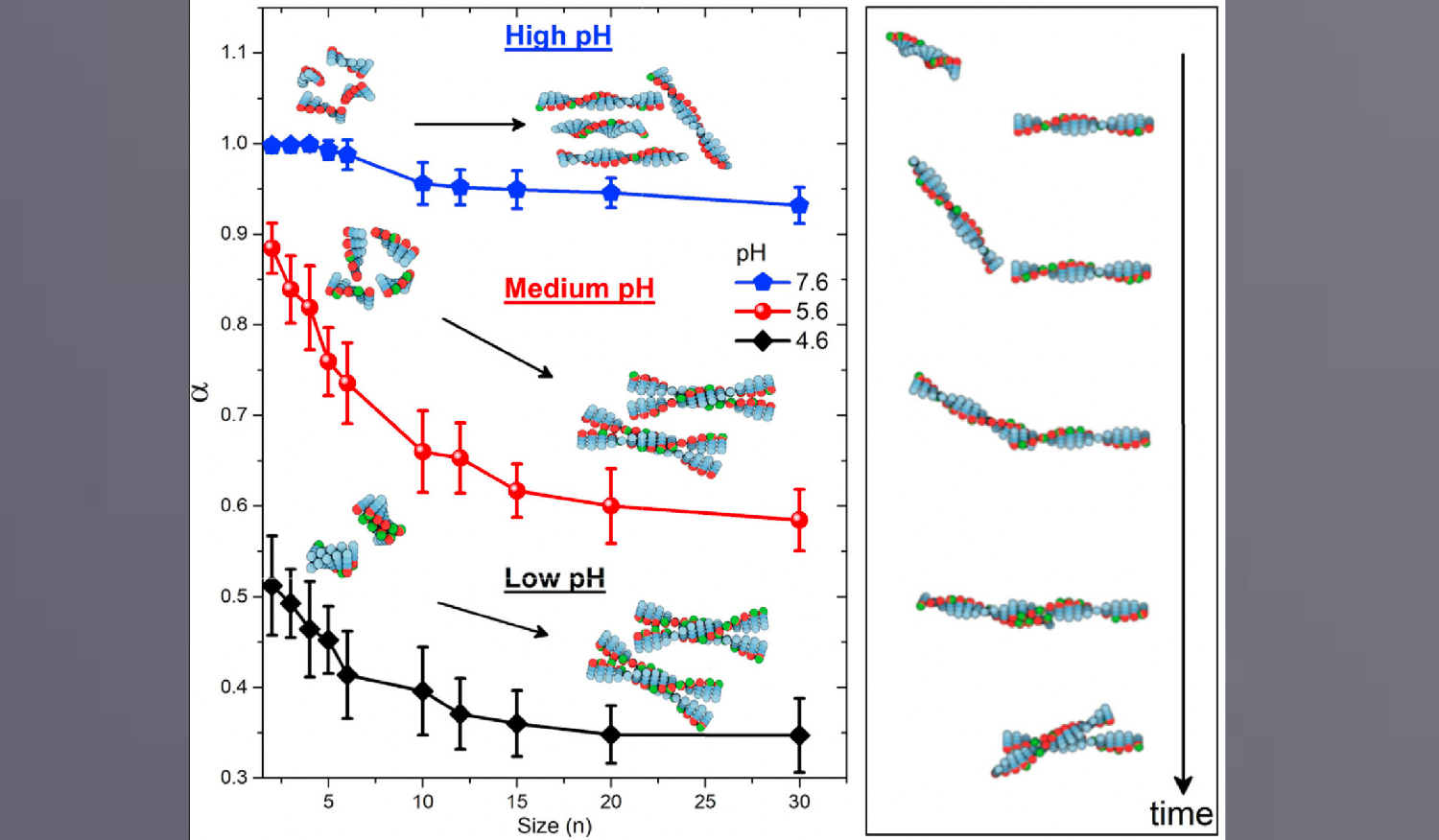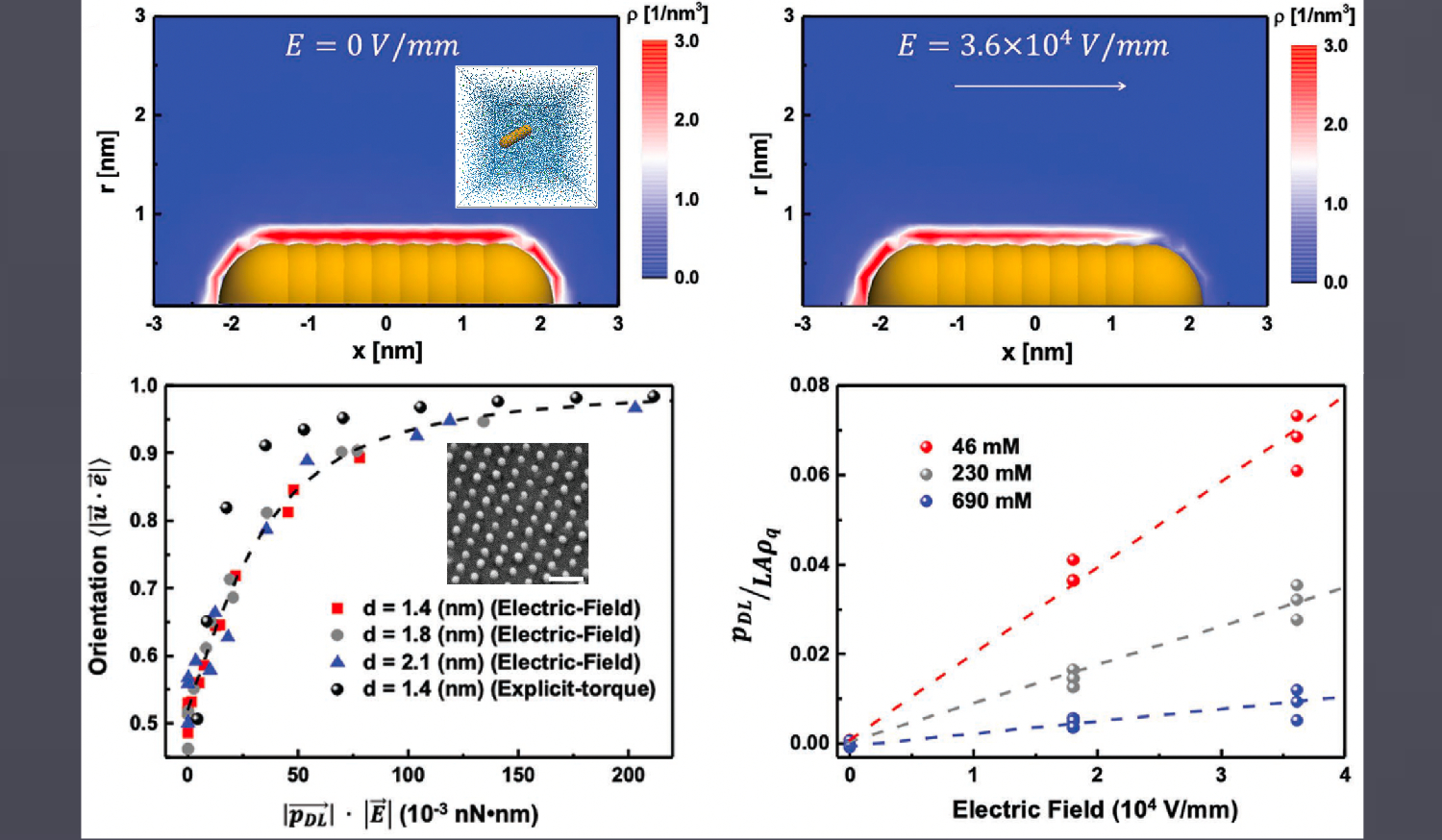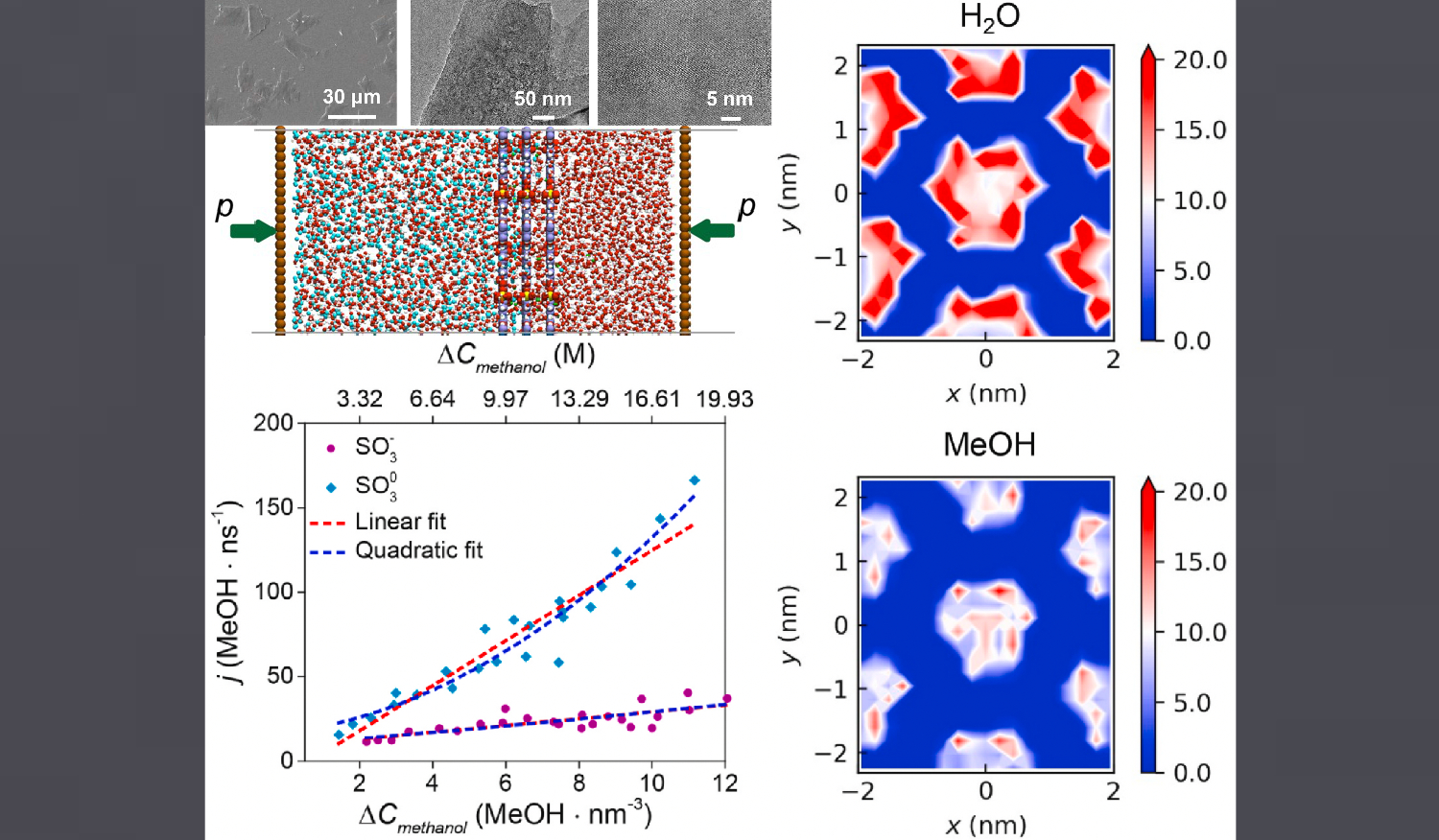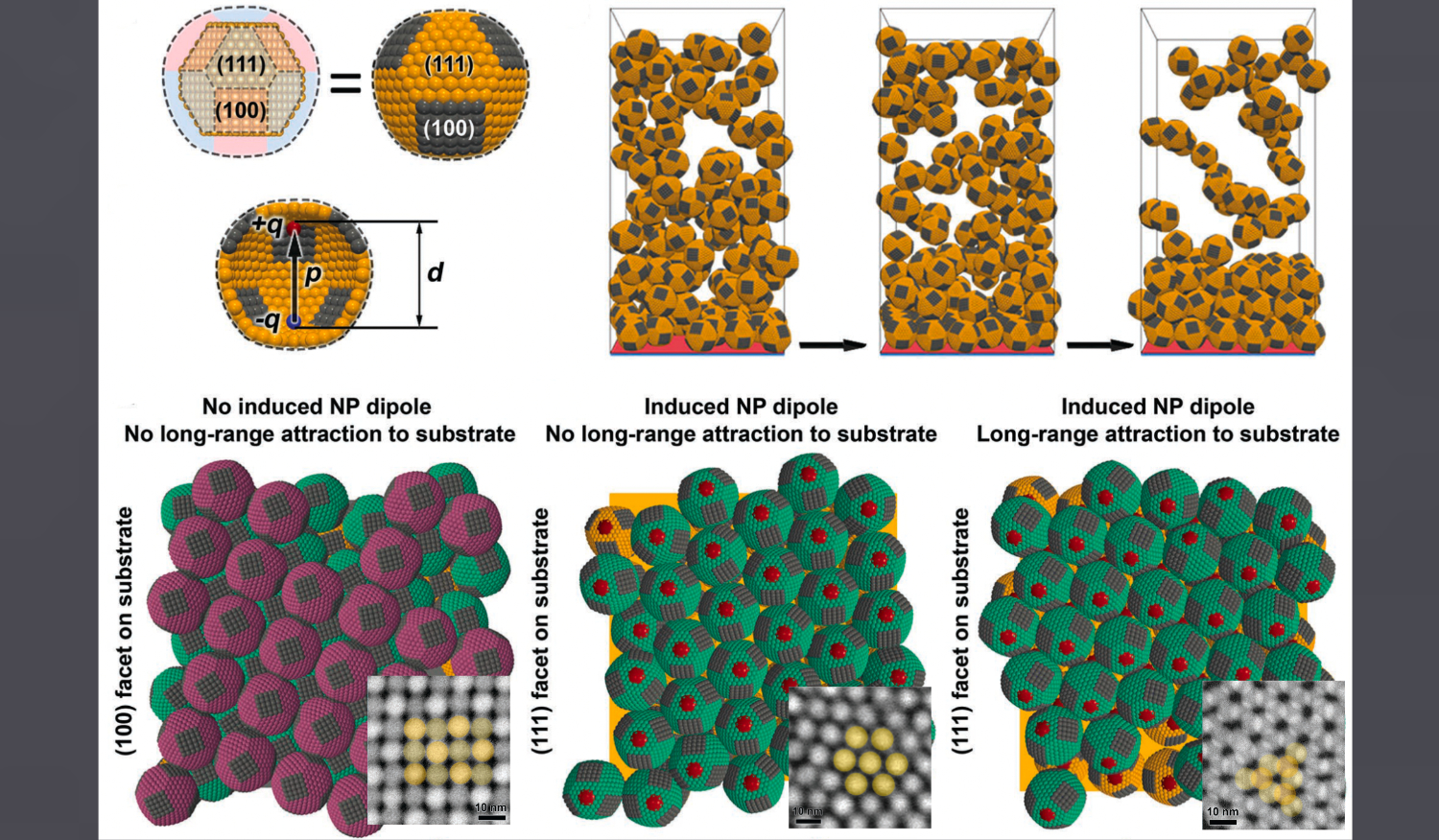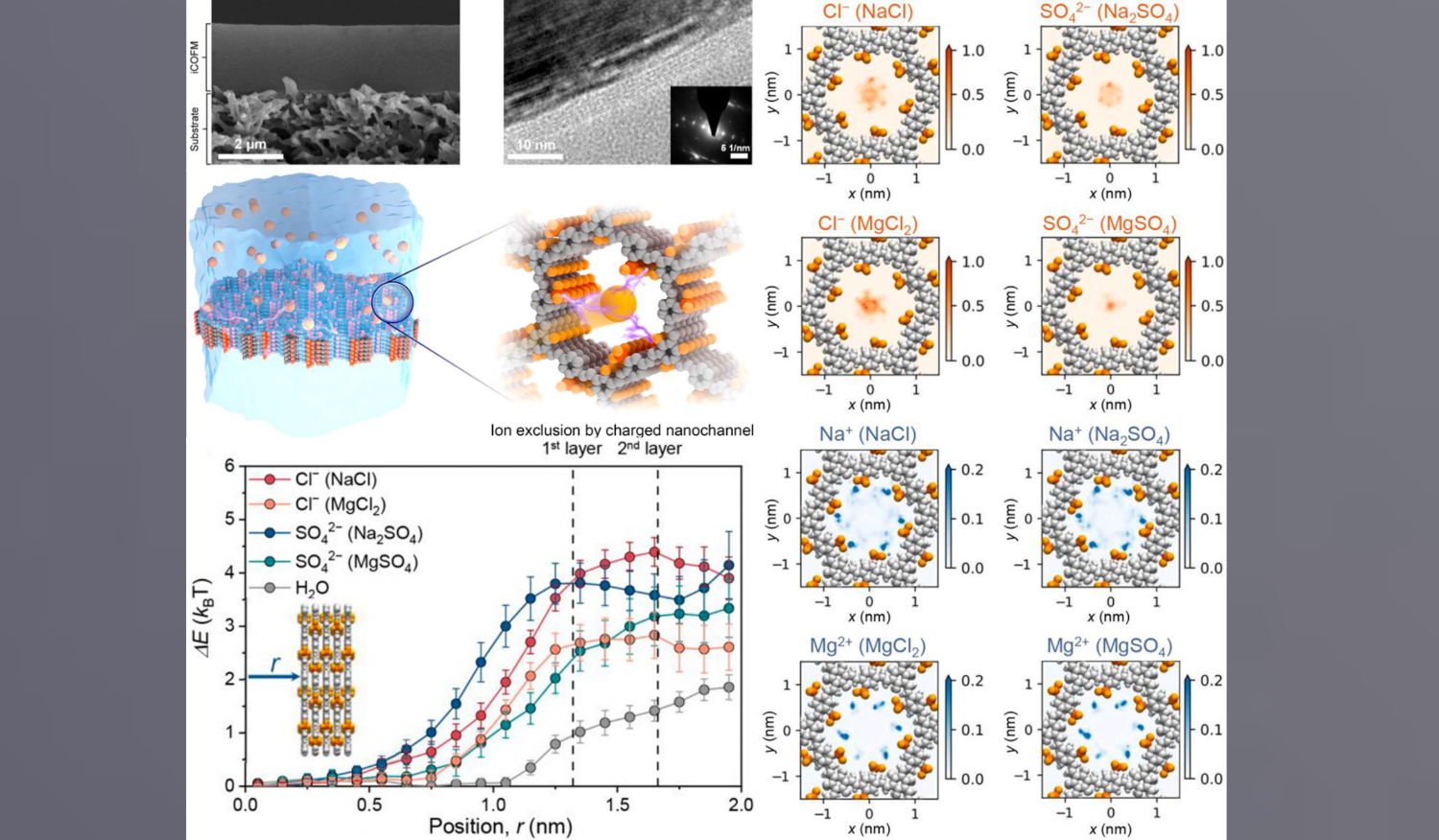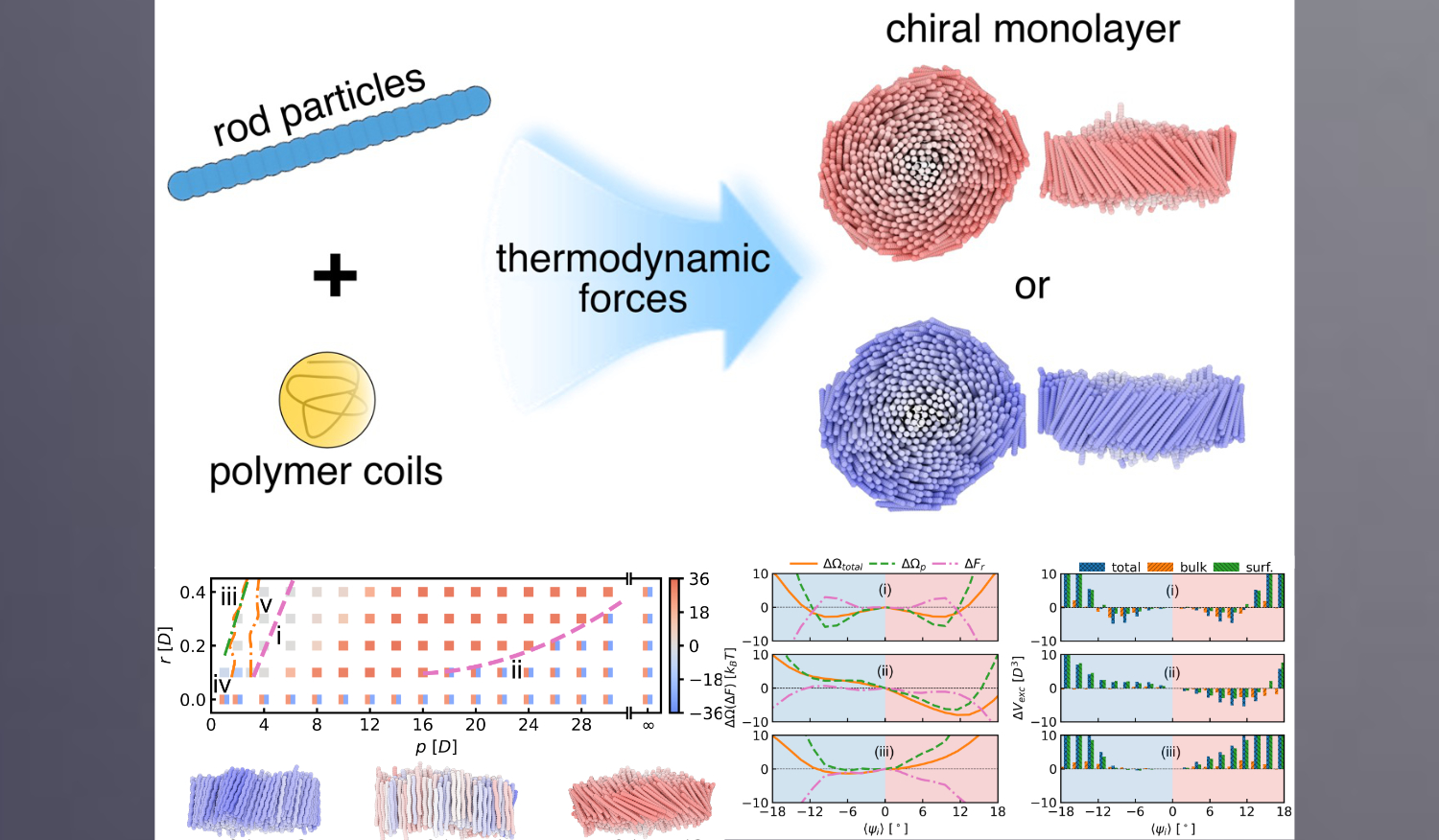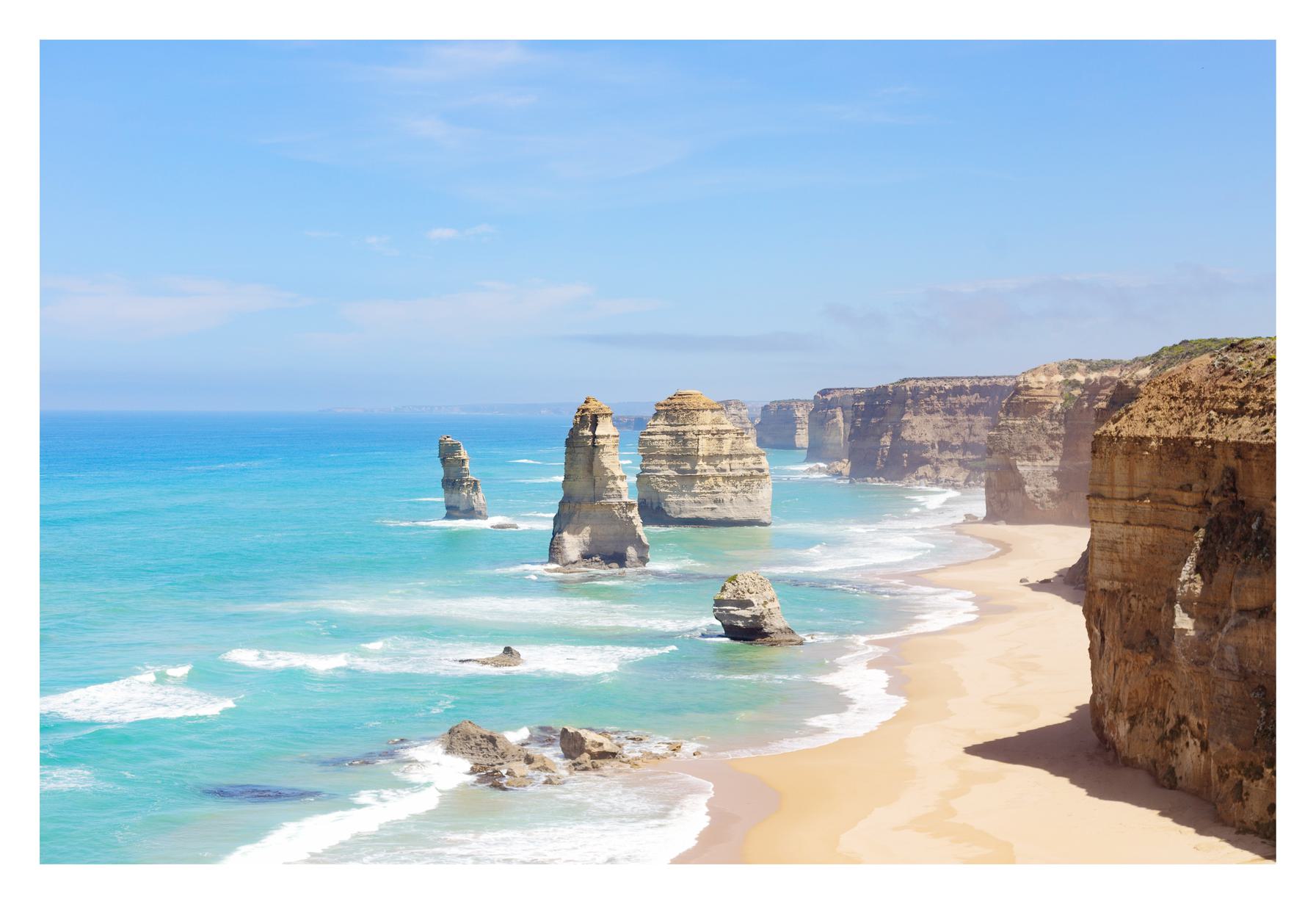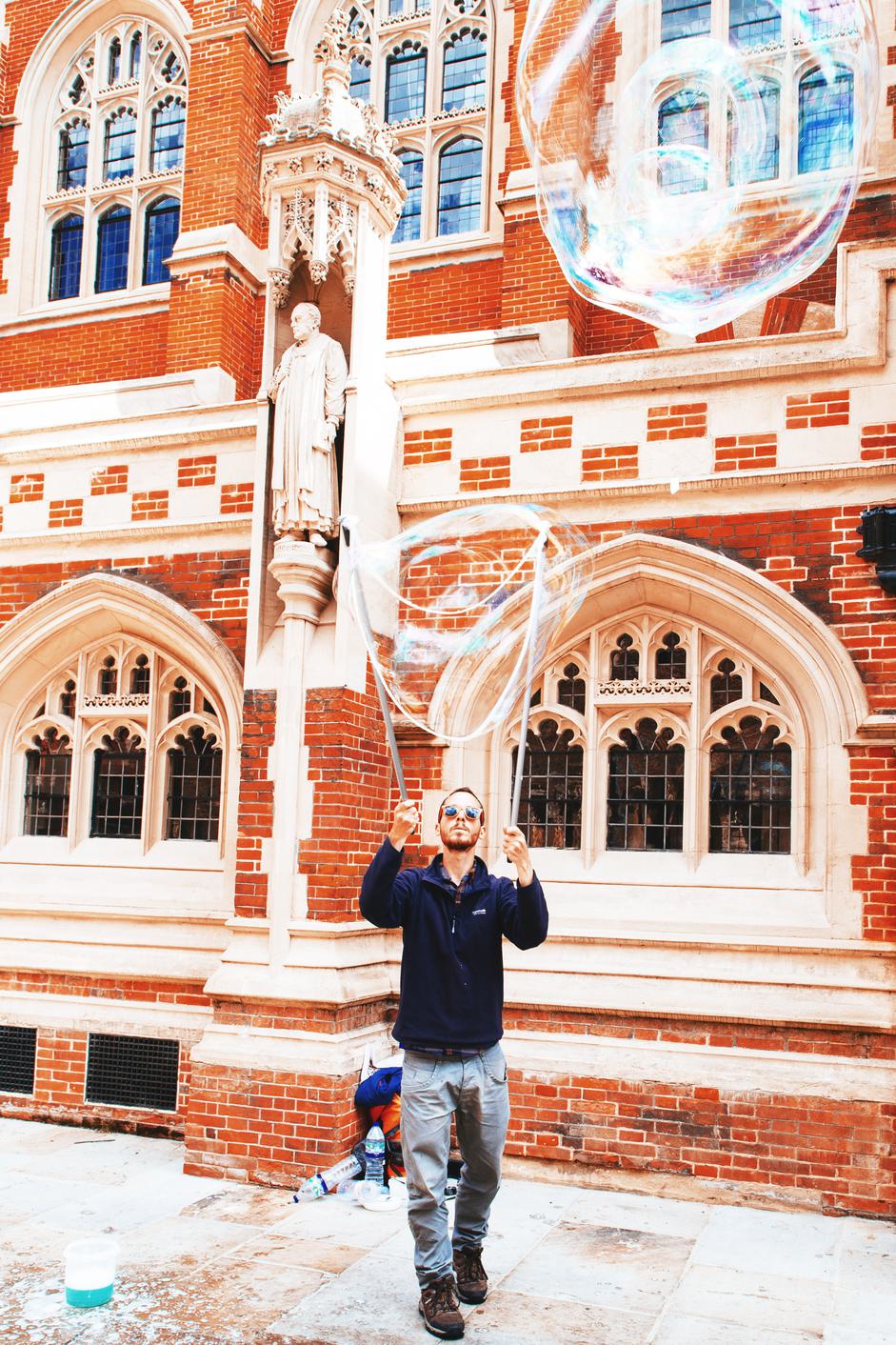刘亚伟 Dr Yawei Liu
中国科学院过程工程研究所 (项目)研究员 博导 Associate Professor at IPE of CAS
2021.11月加入中国科学院过程工程研究所离子液体与低碳能源研究部,任(项目)研究员,博导。
2017.9-2021.8在澳大利亚悉尼大学Asaph Widmer-Cooper副教授课题组开展博士后研究工作。
2014.11-2016.11在英国剑桥大学化学系Daan Frenkel教授课题组联合培养学习。
2010.9-2017.6年在北京化工大学张现仁教授课题组攻读博士学位(硕博连读),获工学博士学位(化学工程与技术)。
2006.9-2010.6年于北京化工大学本科学习,获得工学学士学位(化学工程与工艺)。
I am an Associate Professor at the Institute of Process Engineering of Chinese Academy of Sciences (IPE, CAS) since 2021.11. Prior to this I was a Postdoc researcher at the University of Sydney during 2017.9-2021.8 (A/Prof. Asaph Widmer-Cooper's group), a visiting PhD student at the University of Cambridge during 2014.11-2016.11 (Prof. Daan Frenkel's group), a Master/PhD student at Beijing University of Chemical Technology (BUCT) during 2010.9-2017.7 (Prof. Xianren Zhang's group), and an undergraduate student at BUCT during 2006.9-2010.6.
研究内容 Research interests
我们开发和应用多尺度分析和计算方法(以分子模拟为主),从分子水平和纳米尺度来研究复杂流体体系的表界面微观结构、热力学性质和动力学行为,如界面纳米气泡、纳米限域流体、纳米材料界面组装等,探索其在电催化析气反应、膜分离过程及相关功能材料设计制备等能源、环境、健康领域的应用。为了激发这些工作并支撑实际应用的研究,我们与实验研究者密切合作。
We develop and apply multiscale analysis and computational methods (e.g. molecular dynamics simulations) to investigate the interfacial microstructures, thermodynamic properties, and dynamic behaviours in complex fluid systems at molecular and nanoscale levels. This includes studying phenomena such as surface nanobubbles, nanoconfined fluids, and interfacial assembly of nanomaterials. Our aim is to explore their applications in energy, environment, and health-related fields, such as electrocatalytic gas evolution reactions, membrane separation processes, and the design of functional material. To inspire these works and support practical applications, we closely collaborate with experimental researchers.
我们正在开发MolSimulX(分子模拟工具和教程),见Gitee和Github。
We are developing MolSimulX (molecular simulation tools&tutorials) at Gitee and Github.
荣誉和奖励 HONOURS and AWARDS
2023年 Nanoscale “2023 新锐科学家"
2022年 中国科学院BR计划
2021年 中科院过程所引才计划
2017年 北京化工大学优秀博士学位论文
2014年 北京化工大学博士论文创新基金
2014年 北京化工大学中外联合培养基金(赴剑桥大学)
2013年 博士研究生国家奖学金
2013年 北京化工大学“金发科技”奖学金
2012年 硕士研究生国家奖学金
2012年 北京化工大学金发科技社会资助(专项)奖学金
2023 Nanoscale “2023 Emerging Investigators"
2022 “Talents Program” of CAS
2021 “Talents Program” of IPE, CAS
2017 Best Doctoral Thesis of BUCT
2014 Innovation Fund for Doctoral Thesis of BUCT
2014 Sino-Foreign Joint Program Fund of BUCT (to the University of Cambridge)
2013 National Scholarship for Doctoral Students
2013 "Kingfa Keji" Scholarship of BUCT
2012 National Scholarship for Master Students
2012 “Kingfa Keji” Scholarship of BUCT
